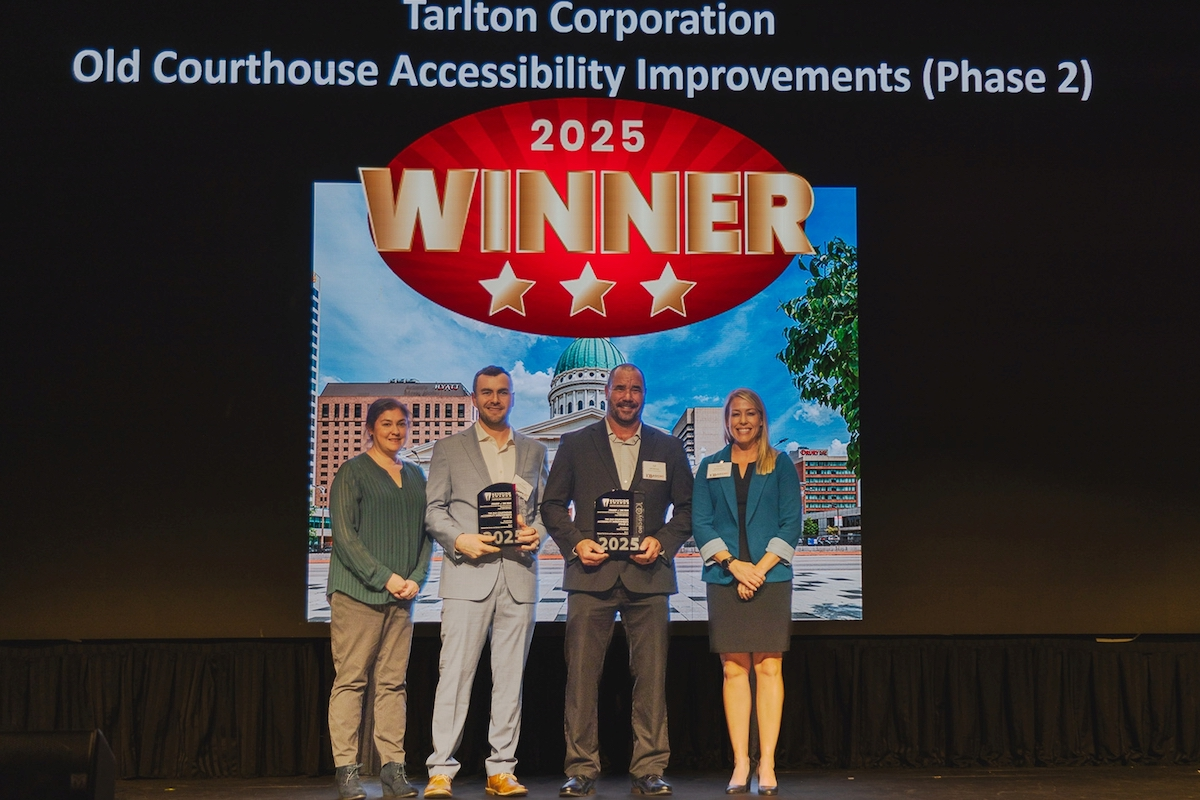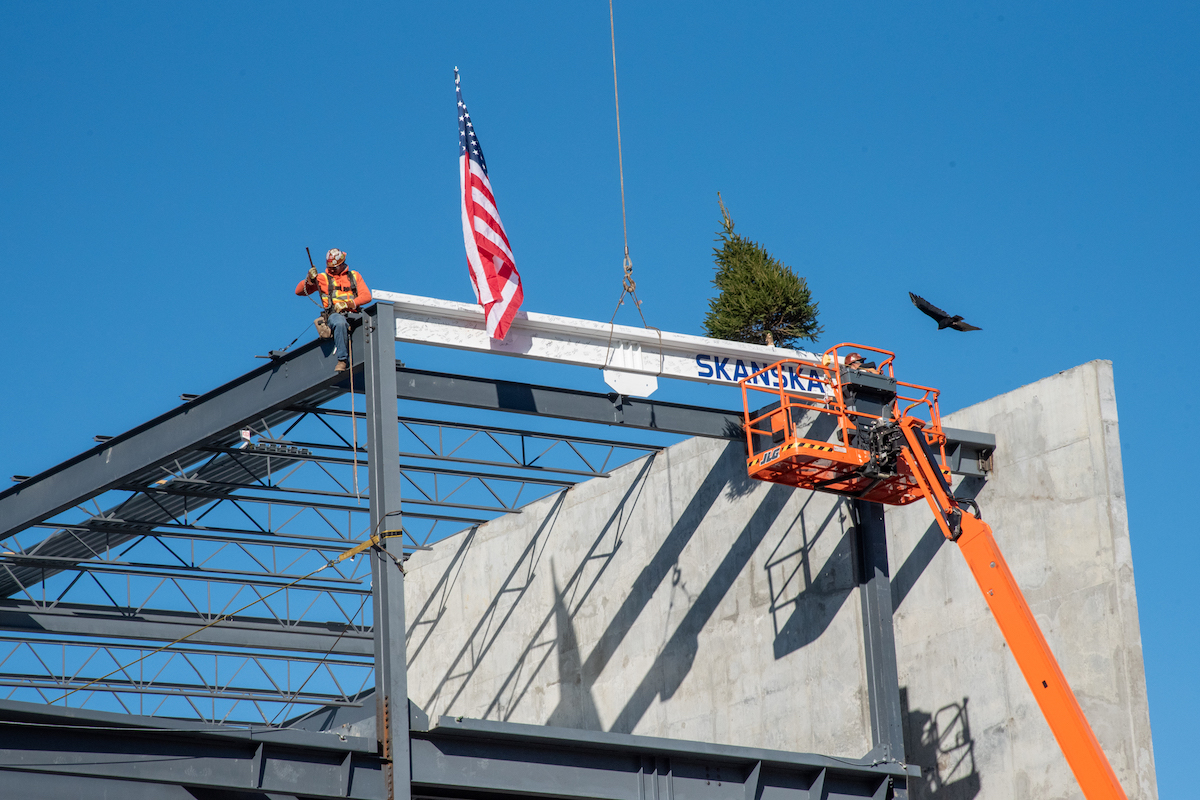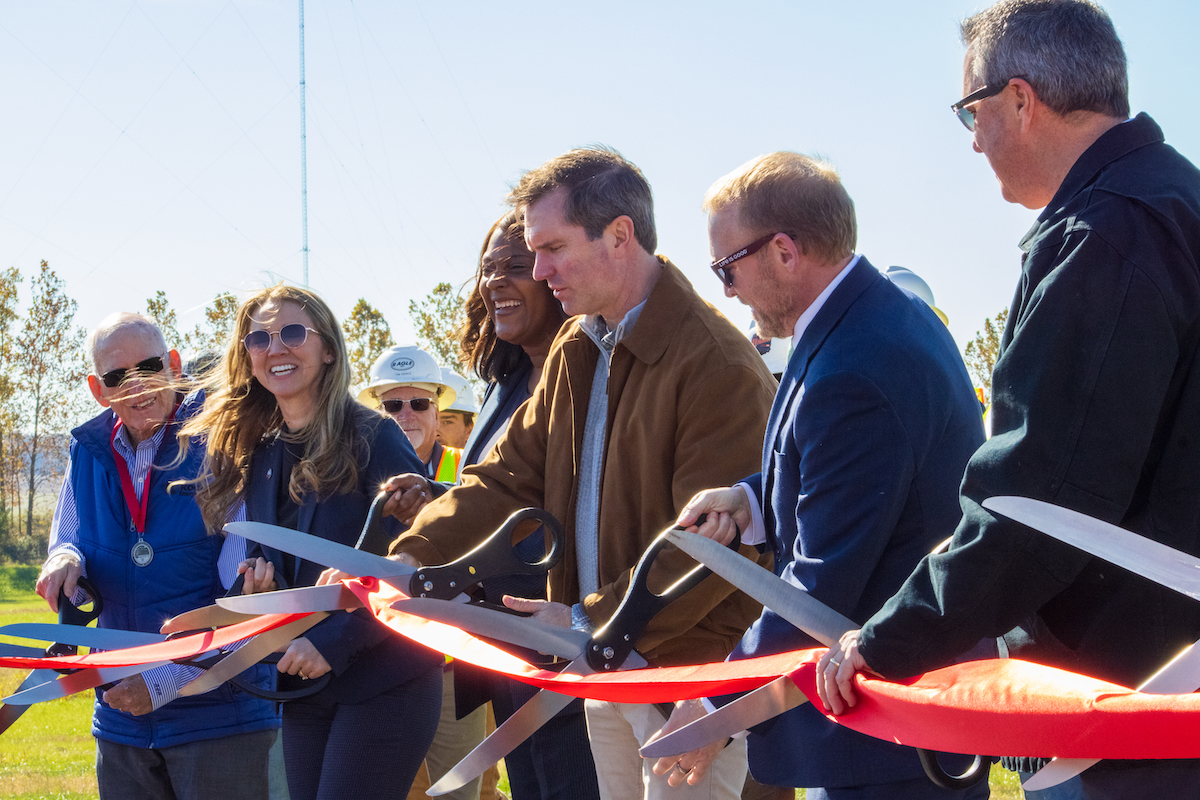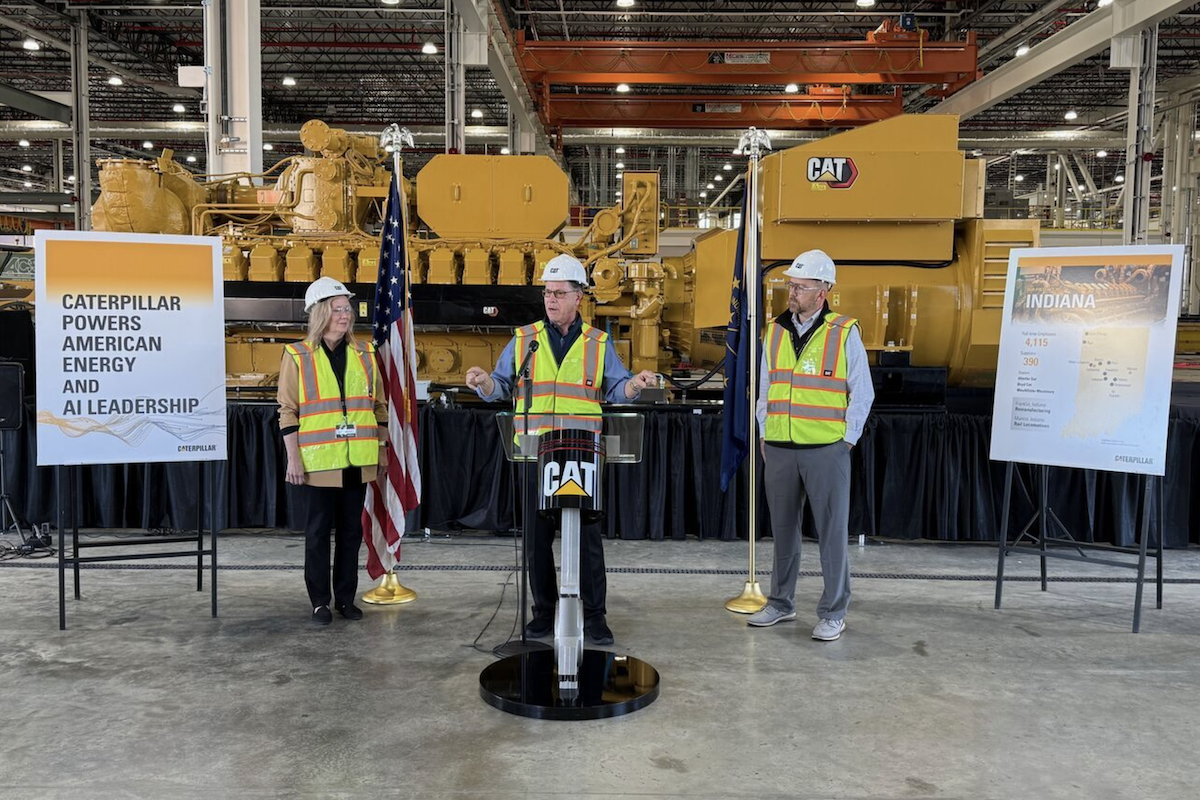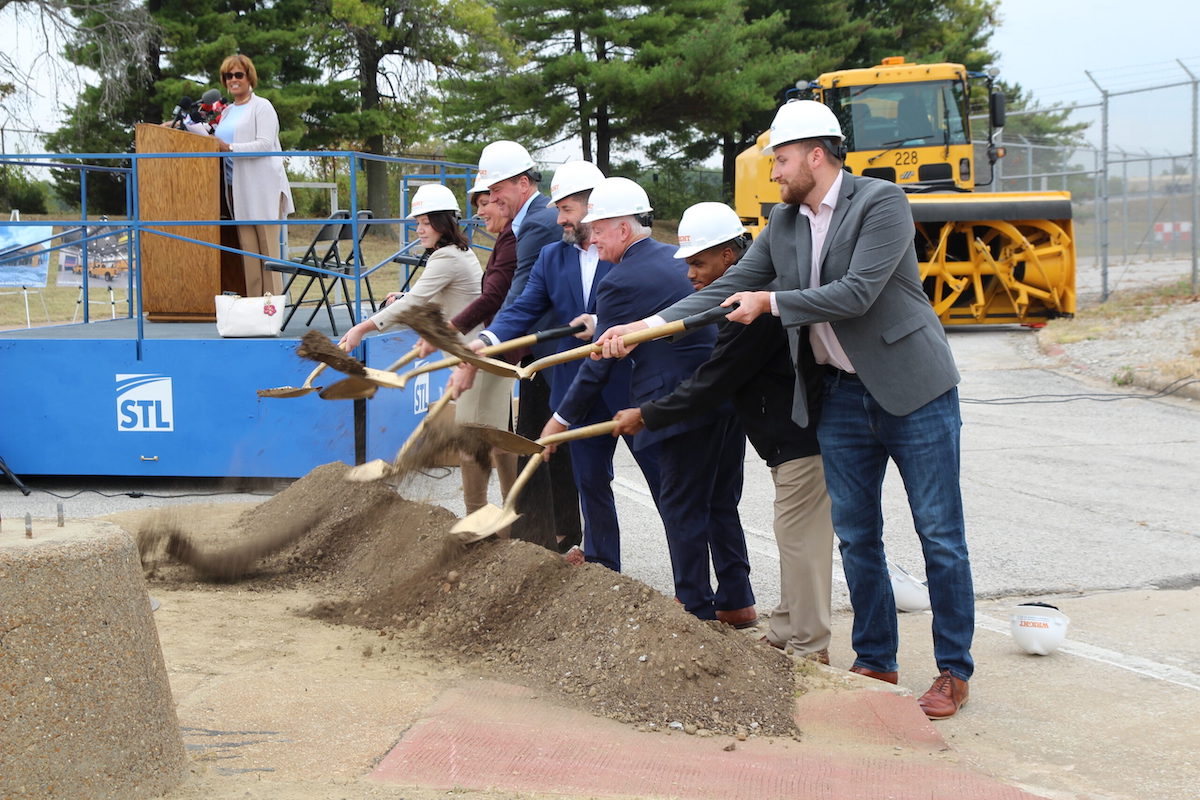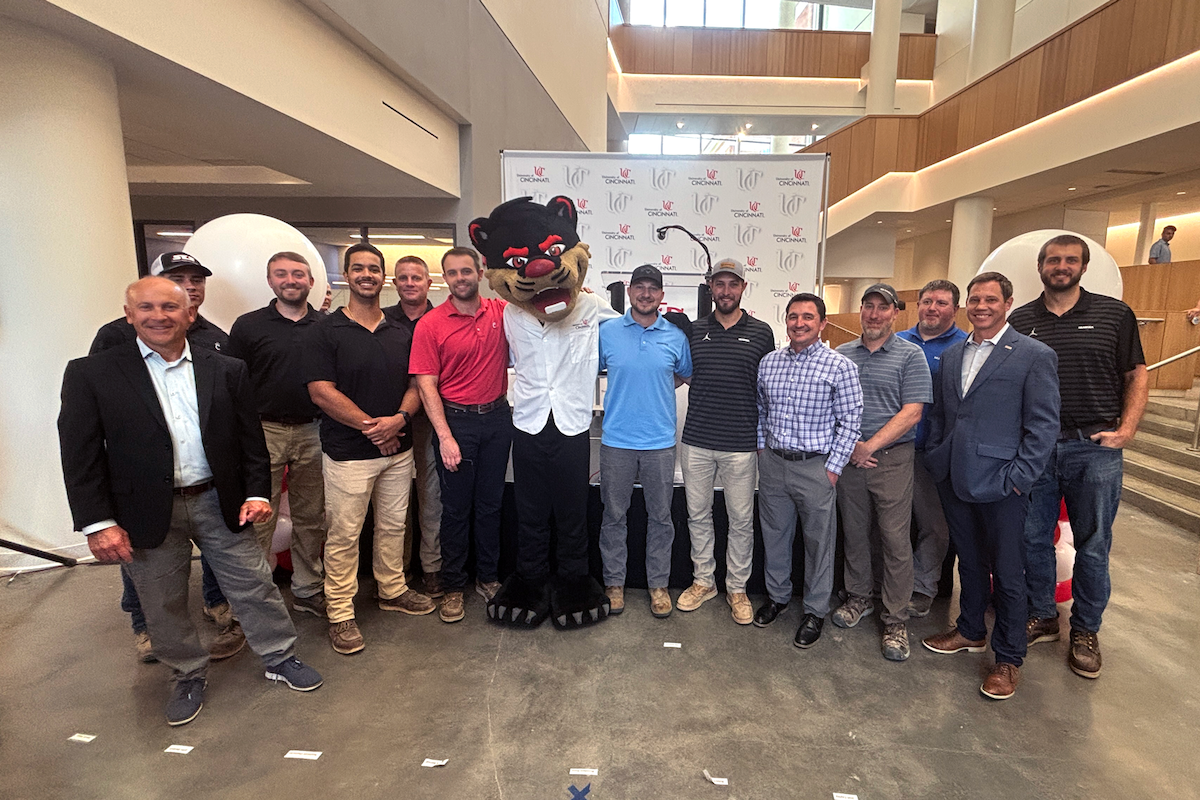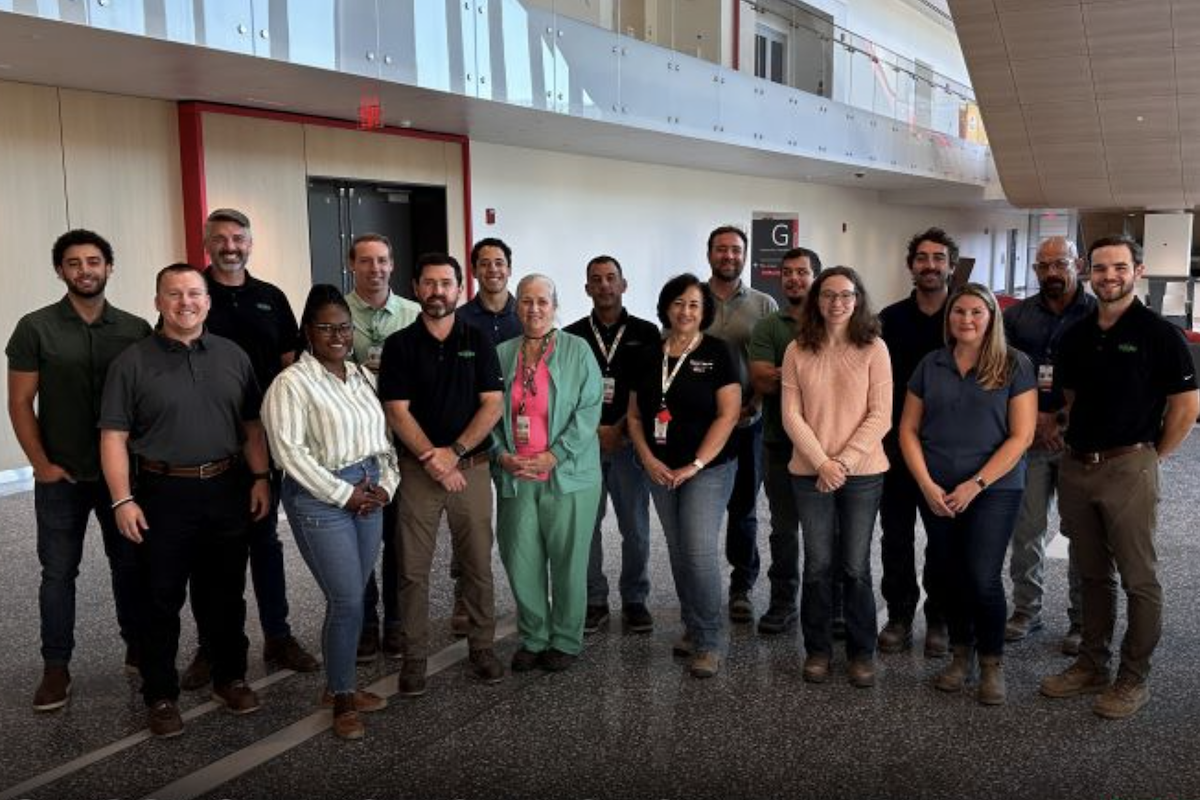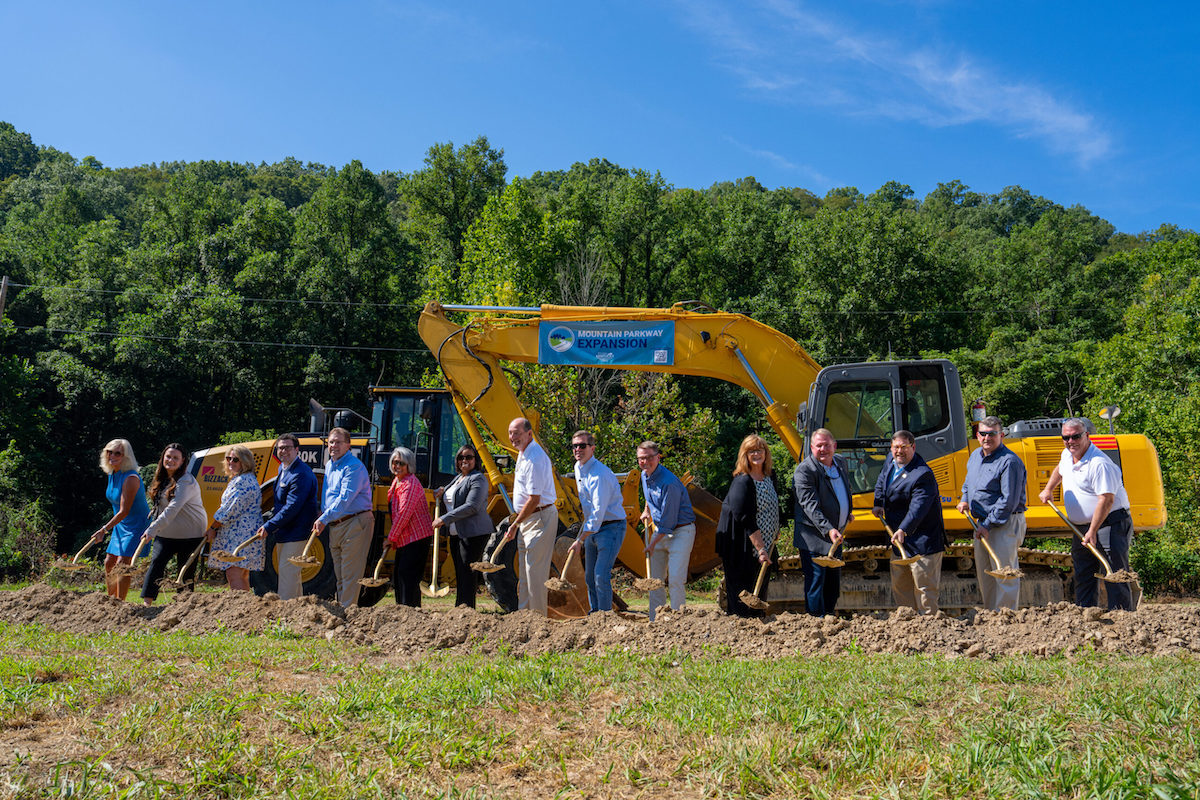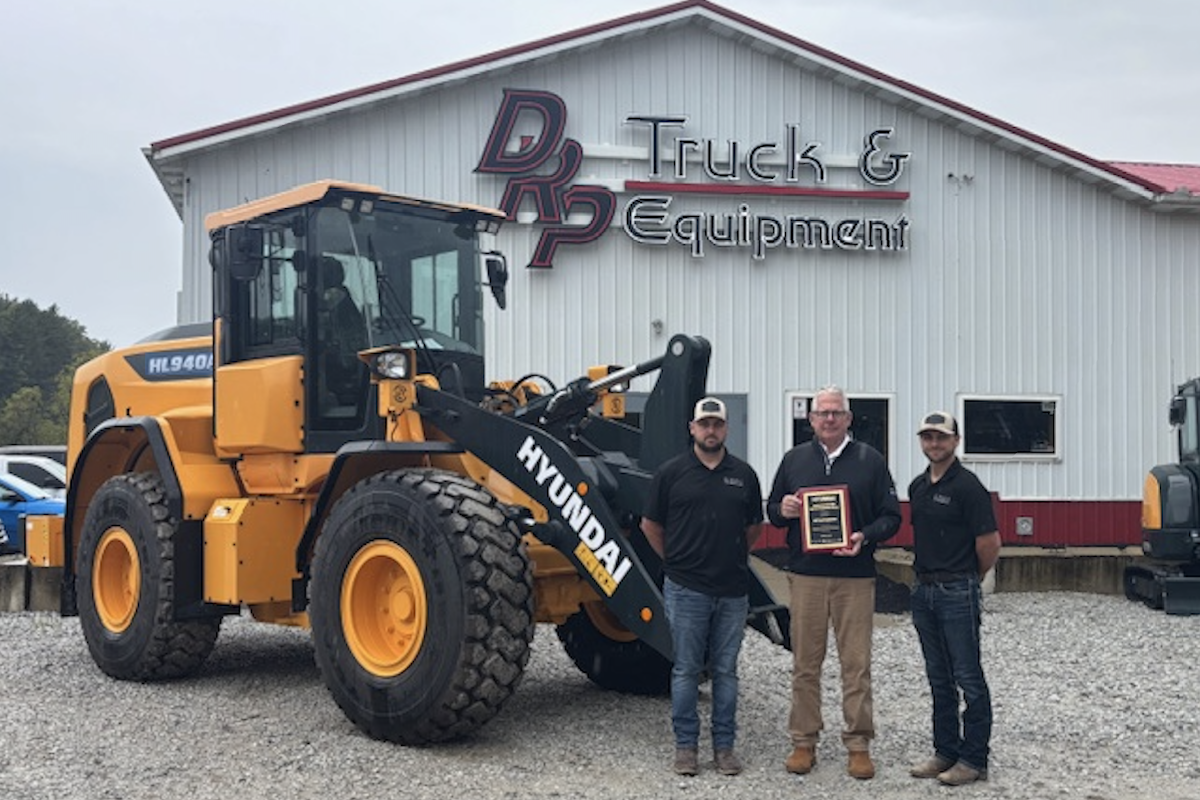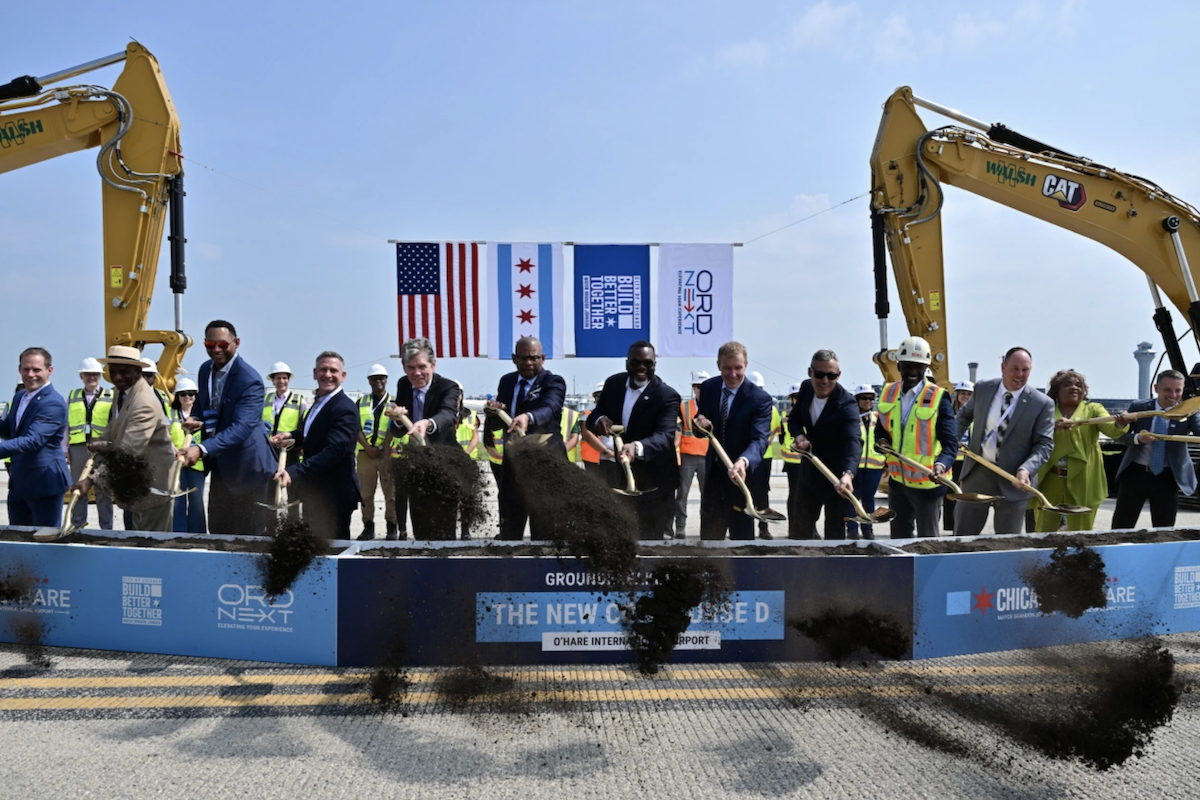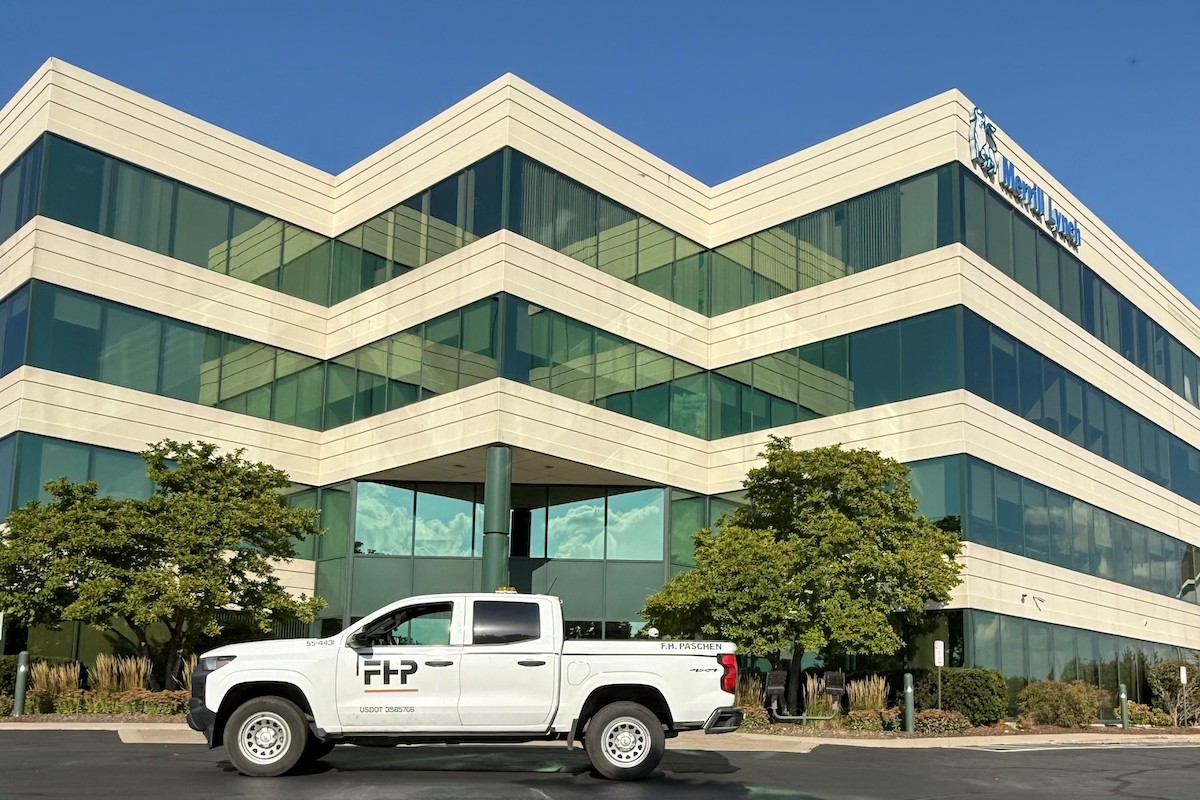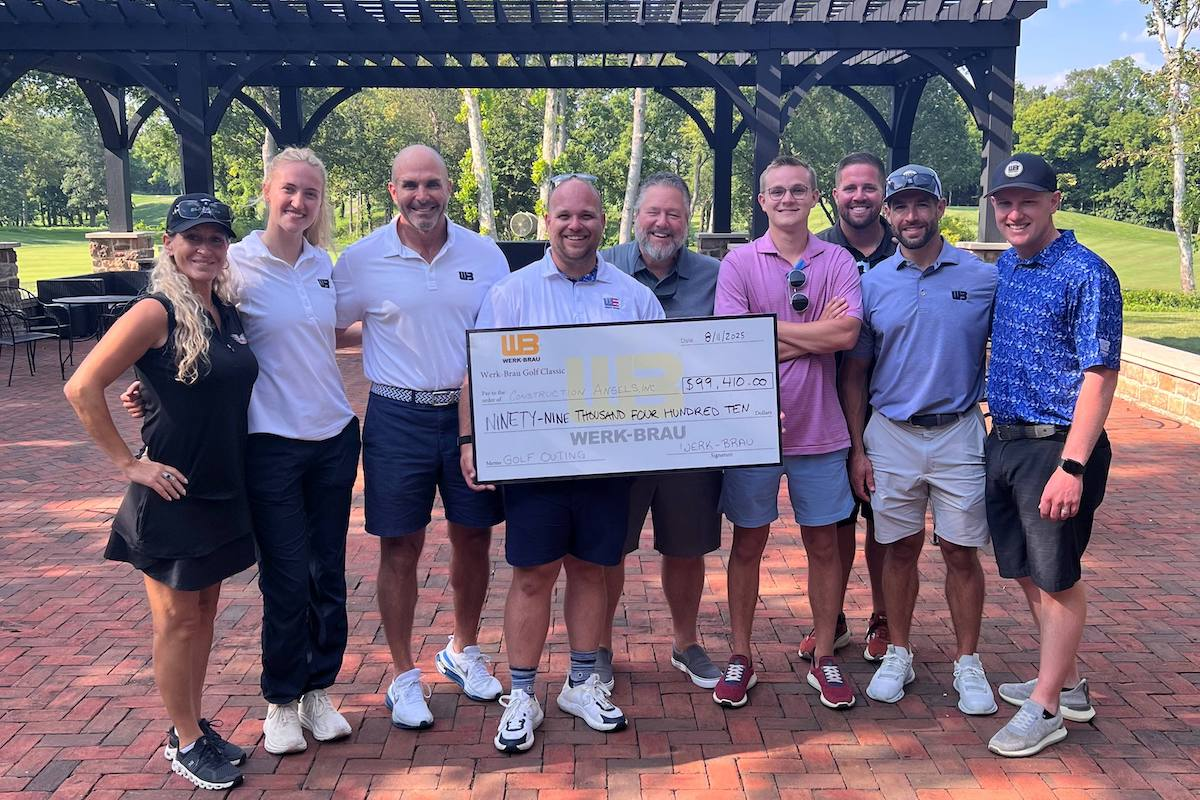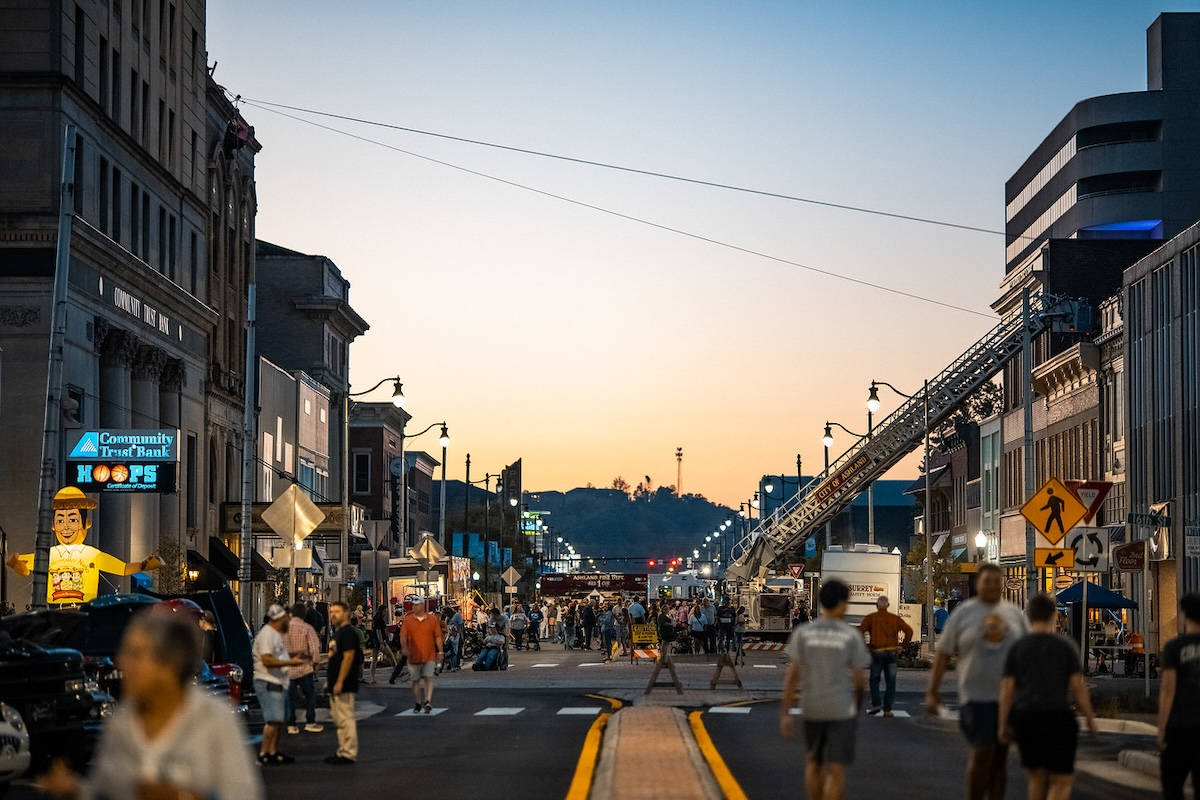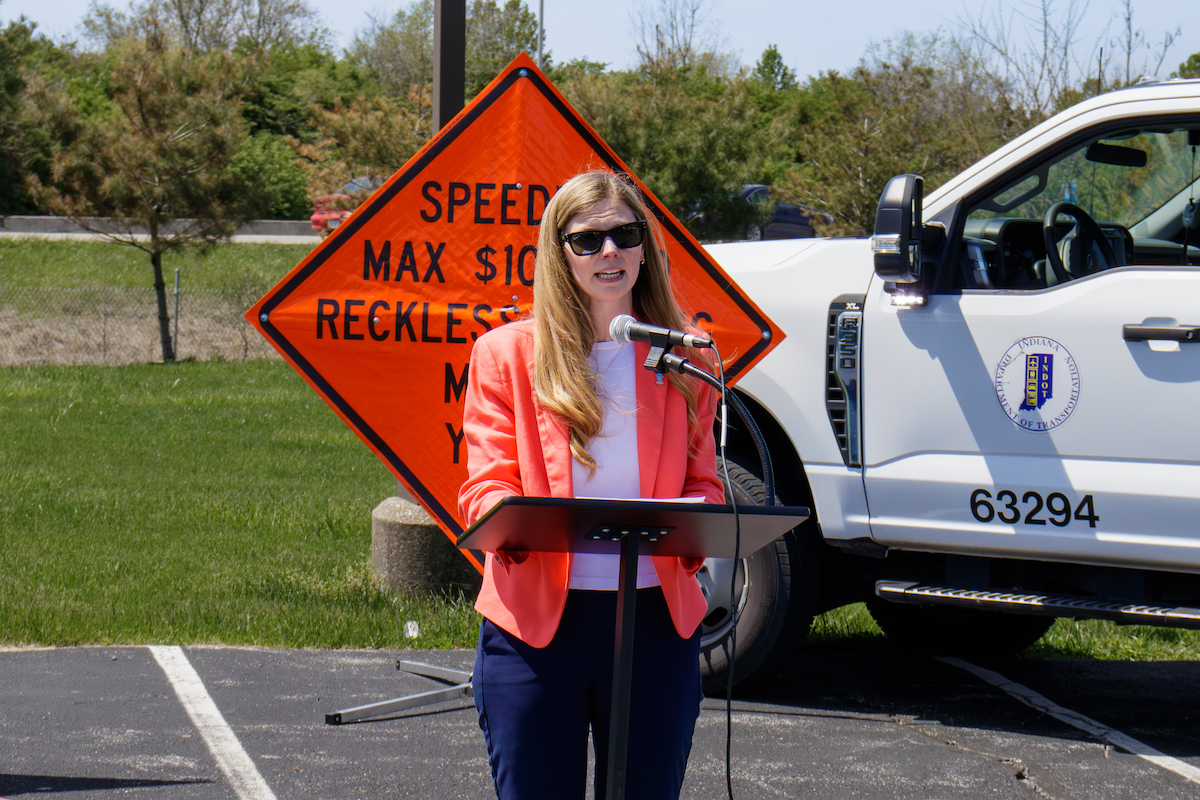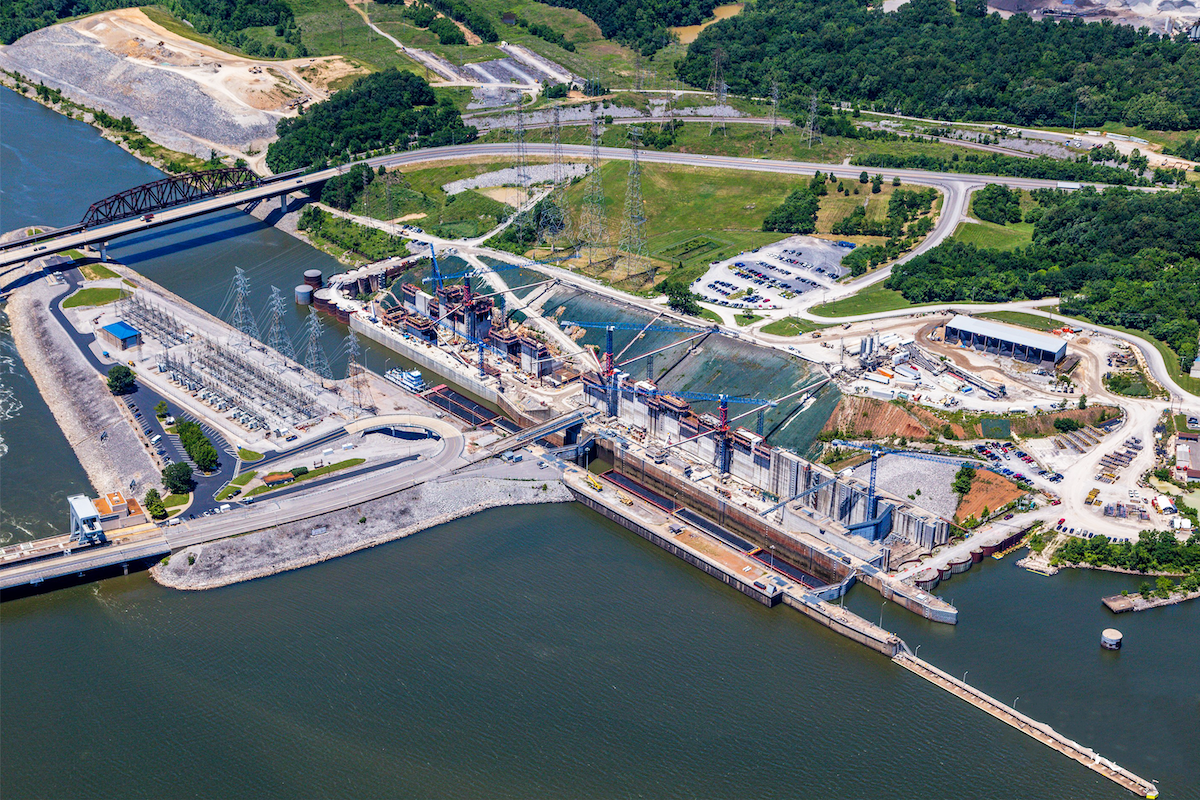“State DOTs are overwhelmingly focused on innovative solutions to address the transportation issues of today and tomorrow, meeting challenges involving climate change, equity, resiliency, and safety,” said Jim Tymon, Executive Director of AASHTO. “The America’s Transportation Awards program shows just how they’re doing that. Whether on foot, in a vehicle, on two wheels, or by rail or transit, state DOTs are continuing to advance a safe, multimodal transportation system.”
In the Western region, 12 states nominated 22 projects for this year’s competition. The following five projects in the Pacific Builder & Engineer area were winners of the regional America’s Transportation Awards.
One aspect of the $500,000 plan addresses factors most often associated with traffic-related fatalities and serious injuries. In 2021, people walking and rolling made up around 26 percent of all traffic fatalities in Washington.
“Every one of those deaths is a tragedy for those who knew and loved them,” said Barb Chamberlain, Active Transportation Division Director at WSDOT. “The approach we took starts with the need to design for safety. We’re all pedestrians at some point in every trip, and making roads safer for pedestrian/bicyclist movement will make them safer for people driving, too.”

| Your local Leica Geosystems Inc dealer |
|---|
| Laser Specialist inc |
With more fatal and serious crashes occurring in places with both higher rates of poverty and a higher proportion of minorities, the plan also considers ways to correct for the effects of past infrastructure decisions on active transportation safety and mobility.
“We dig into the specifics of how to improve active transportation with WSDOT playing a key role on state highways that cut through places where people should be able to walk and bike safely,” Chamberlain said. “Completing networks across those jurisdictional boundaries, prioritizing safety and equity, changing those wide, fast, busy roads so traffic moves smoothly and safely — all of these will save lives and make better towns.”
Other highlights from the plan include:
- Provides a first-ever needs assessment of the state system for active transportation use
- Gives a cost estimate for walk and bike improvements on the state highway in population centers
- Introduces the concept of a statewide bikeways and trails network
- Uses “level of traffic stress” as a quantitative tool to evaluate the state system
- Addresses the burden of out-of-direction travel for pedestrians and bicyclists
- Sets performance metrics to monitor progress
- Lists strategies needed for WSDOT and partners to move ahead with the work
“It used to take over the downtown traffic every half hour for 15 minutes, so we relocated away from the busy city center of Mukilteo and closer to a commuter train station,” said Diane Rhodes, Communications Lead for the Mukilteo Multimodal Ferry Terminal Project. “The old terminal was very small and built for traffic at that time. So this new one, in addition to taking sea level rise into account, it also was built to handle the traffic on that route that is expected to increase.”
The LEED Gold-certified and ADA-compliant terminal includes a passenger building and maintenance building; transit center for connections to buses and trains; passenger overhead loading; in-water docking and loading structures; signalized intersection and expanded vehicle holding area; waterfront promenade; and toll plaza.

| Your local Komatsu America Corp dealer |
|---|
| Brandeis Machinery |
The terminal’s site is of historical and tribal significance, being the location of the 1855 Point Elliott treaty signing. WSDOT worked with local tribes to incorporate art from tribal artists, to create interpretive boards conveying tribal history, and to design the terminal into the shape of a tribal longhouse.
I-5 is a national highway of strategic importance that moves goods, freight, and people between two borders, links major cities, and serves as a critical corridor for military use.
“We used to see pretty significant backups on northbound I-5 every day in this corridor during the morning commute and again on Sundays,” said Cara Mitchell, Spokesperson for WSDOT. “When we opened up that HOV lane, that congestion largely disappeared, traffic started moving again, and people’s commute times were reduced. That’s life-changing because that’s more time that you get to spend doing other things rather than sitting in traffic. HOV lanes are really important because they move people rather than just vehicles.”
In addition to the HOV lanes, the $245-million project also used roundabouts and auxiliary lanes to keep traffic moving and reduce potential collisions. The improvements have improved travel times, reduced maintenance costs, and improved safety.
“[For this project] we tried to use what we had the best that we could, and we tried to create these half-mile spacings so that we could optimize the green times,” Project Manager Carrie Ann Hewitt said. “We installed new signals to help with keeping that flow going and added side turn lanes to get the [traffic] flowing out of the side streets as best as we could. It was all about trying to keep the traffic flowing.”

| Your local Wirtgen America dealer |
|---|
| Brandeis Machinery |
The $5-million Fastlane project also repaved and widened nearly nine miles of shared use path and installed 93 ADA-compliant ramps. Since the completion of this project, the Idaho State Police said that travel time has been shortened throughout the corridor and that there has been a reduction in crashes.
According to Megan Jahns, Public Information Officer at ITD, the department was in a good position to take on this project due to the formation of unified stakeholders and partners.
“Bringing all those entities together and working on that project made us eligible for the Fastlane grant,” Jahns said. “When you have a grant, it eases the burden on the local community. So we were the right people to bring other state partners together to get this project done.”
“A comparable project could easily take an average of eight years to complete,” said Jonathan Hutchinson, P.E., Engineering Manager at Alaska DOT&PF, Northern Region Rural Transportation Team. “Due to the urgency of the need to establish a safe and reliable means of evacuation for the community, the State of Alaska in partnership with the Community of Kivalina, local government, local stakeholders, regulatory agencies, and the selected contractor were aligned in their efforts to deliver the project efficiently and ultimately complete the project in an unprecedented amount of time.”
The new $43-million road, bridge, and causeway now keep the community safe in the face of weather emergencies; allow residents to more easily conduct traditional subsistence activities including accessing fishing sites; and provide access to a new school under construction that will serve as a full-service community emergency shelter.

| Your local Wirtgen America dealer |
|---|
| Brandeis Machinery |
“The Kivalina Evacuation Road has added a security blanket for the tribal members of Kivalina,” said Millie Hawley, Kivalina Tribal Administrator. “In an event of a potential flood due to an ocean storm surge on the small barrier island of Kivalina, the tribal members of Kivalina can use the Kivalina Evacuation Road to escape to higher ground, thus saving lives.”
“The Kivalina Evacuation Road Project has been a success for the people of Kivalina,” said John Chase, former NWAB Planning Administrator. “The project has provided safety for residents and opportunities for community growth.”
The new road, bridge, and causeway were designed to accommodate all modes of transportation for all seasons, and residents began using the new route immediately after opening.

















